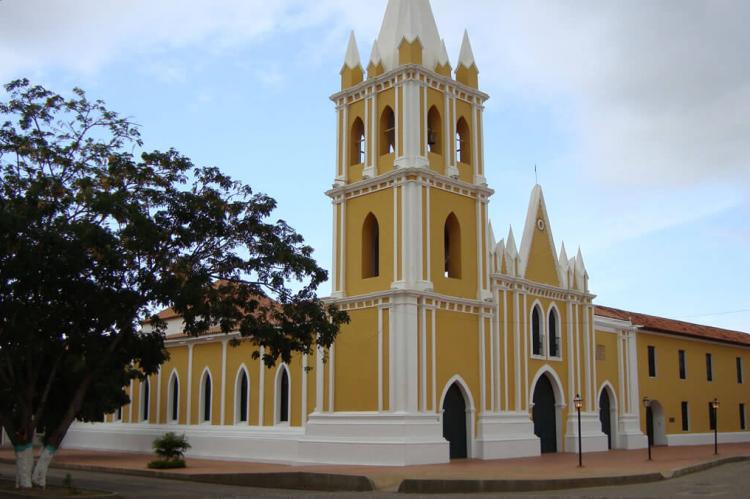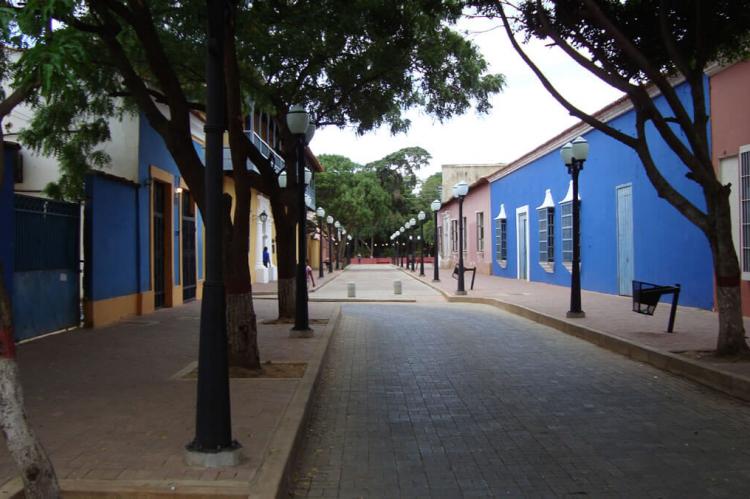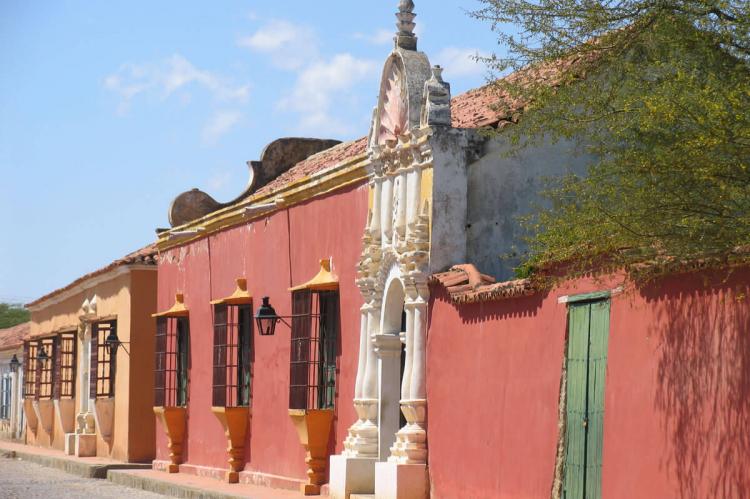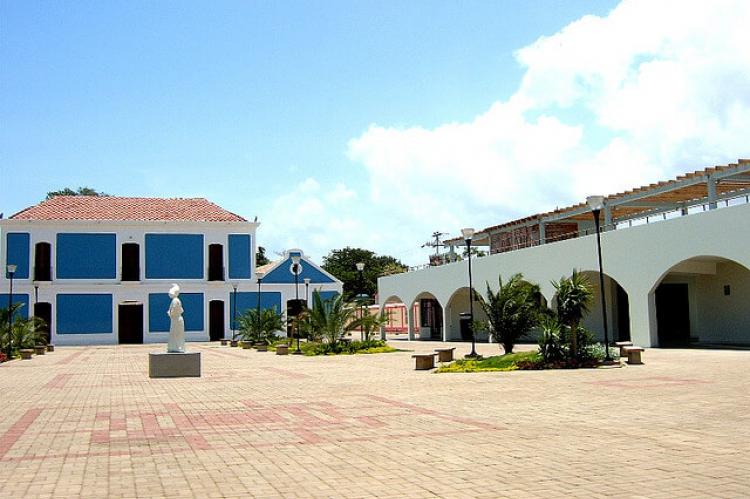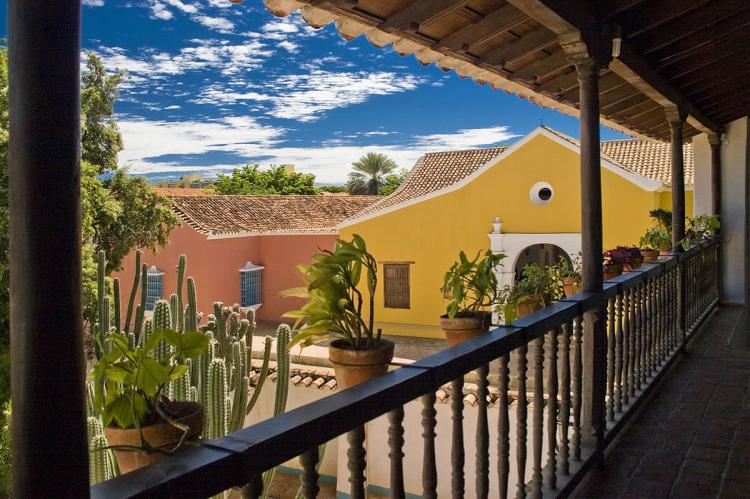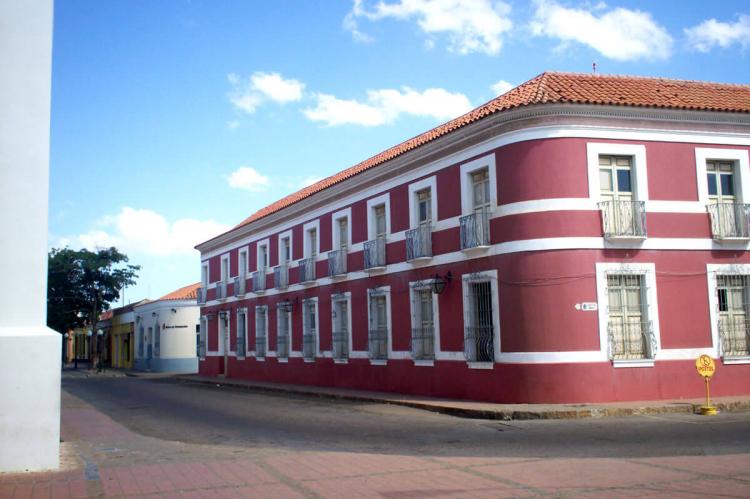Coro: Port of La Vela (Venezuela)
Coro is a colonial port city in Venezuela, founded in 1527 by the Spanish and the first capital of the Province of Venezuela. Its Port of La Vela was the first South American town to achieve independence from Spain, and its well-preserved colonial architecture is one of its main attractions.
Coro: Port of La Vela
Coro is a colonial port city in Venezuela, founded on July 26, 1527, by Juan de Ampíes as Santa Ana de Coro. Its Port of La Vela was the first South American town to achieve independence from Spain.
Located on the coast of western Venezuela, in the southern part of the Paraguaná Peninsula, the city of Coro lies between the mountain range of Sierra de San Luis and the Médanos de Coro National Park, which includes the only extensive area of dunes in South America.
Coro was founded by the Spanish and was the first capital of the Province of Venezuela. Its original name was derived from the name of the Coros Indians, who inhabited the region.
The two urban areas cover 18.40 ha (45.5 acres). The city of Coro covers 7.85 ha (19.5 acres), and the Port of La Vela, which lies 7 miles (11 km) to the east-northwest, covers 10.55 ha (26 acres).
Today, Coro is the capital of Falcón State and the oldest city in western Venezuela. The city has a rich history and culture, and its well-preserved colonial architecture is one of its main attractions. Coro and its Port were designated a World Heritage Site by UNESCO in 1993.
Dating from the earliest years of Spanish colonization of the Caribbean coast of South America, the port city of Coro has maintained its original layout and urban landscape to a remarkable degree, with buildings of earthen construction in a rich fusion of local traditions, along with Spanish Mudéjar and Dutch architectural techniques.
The city exhibits a unique blend of architectural styles. Spanish, Dutch and local traditional influences appear in more than 600 historic buildings, and some cobblestone streets still run through the city. In addition, mud-brick homes dot the region surrounding the port.
Unlike other cities on the Caribbean Coast, the buildings of Coro and the Port of La Vela are constructed with earthen architecture, and domestic buildings show unique examples of traditional mud building techniques, including bahareque, which is a system using mud, timber and bamboo, adobe, and tapia (rammed earth).
The city's cathedral, erected in 1583, is one of the two oldest churches in Venezuela; its tower walls include gun slits for defense against pirate attacks. Drastically remodeled in 1928, the cathedral was returned to near-original condition after it was designated a national monument in 1957.
Some of the notable colonial buildings of Coro and the Port of La Vela include:
-
Cathedral of Coro: the oldest church in Venezuela. It was built in the 16th century and is a beautiful example of Spanish colonial architecture.
-
Church of San Francisco: another important colonial church in Coro. It was built in the 17th century and is known for its beautiful stained glass windows.
-
Church of San Nicolás de Bari: a 16th-century church that is one of the oldest buildings in the port. It is known for its beautiful stained glass windows.
-
Casa Amarilla: a historic mansion built in the 18th century. It is now a museum that houses a collection of colonial art and artifacts.
-
Casa de los Austrias: a 17th-century mansion built by the Spanish royal family. It is now a museum that houses a collection of colonial art and artifacts.
-
Casa del Cabildo: a 17th-century former city hall. It is now a museum that houses a collection of documents and other objects related to the port's history.
-
Casa del Marqués del Toro: a 17th-century mansion built by the Marqués del Toro, a prominent Venezuelan politician. It is now a museum that houses a collection of furniture and other objects from the colonial period.
-
Fort of San Felipe: a 17th-century fort built to protect the port from pirates. It is one of the most important military fortifications in Venezuela.
-
Palacio Arzobispal: the Archbishop's Palace. It was built in the 18th century and is a beautiful example of Spanish colonial architecture.
-
Plaza Bolívar: the main square in Coro. It is named after Simón Bolívar, the liberator of Venezuela. Historic buildings surround the square, including the Cathedral of Coro and the Casa Amarilla.
-
Puerta de la Vela: a gate built in the 17th century. It is the only remaining gate from the city's original fortifications.
-
Templete de la Divina Pastora: a small chapel built in the 18th century. It is dedicated to the Virgin Mary, who is known as the Divina Pastora (Divine Shepherdess) in Venezuela.
